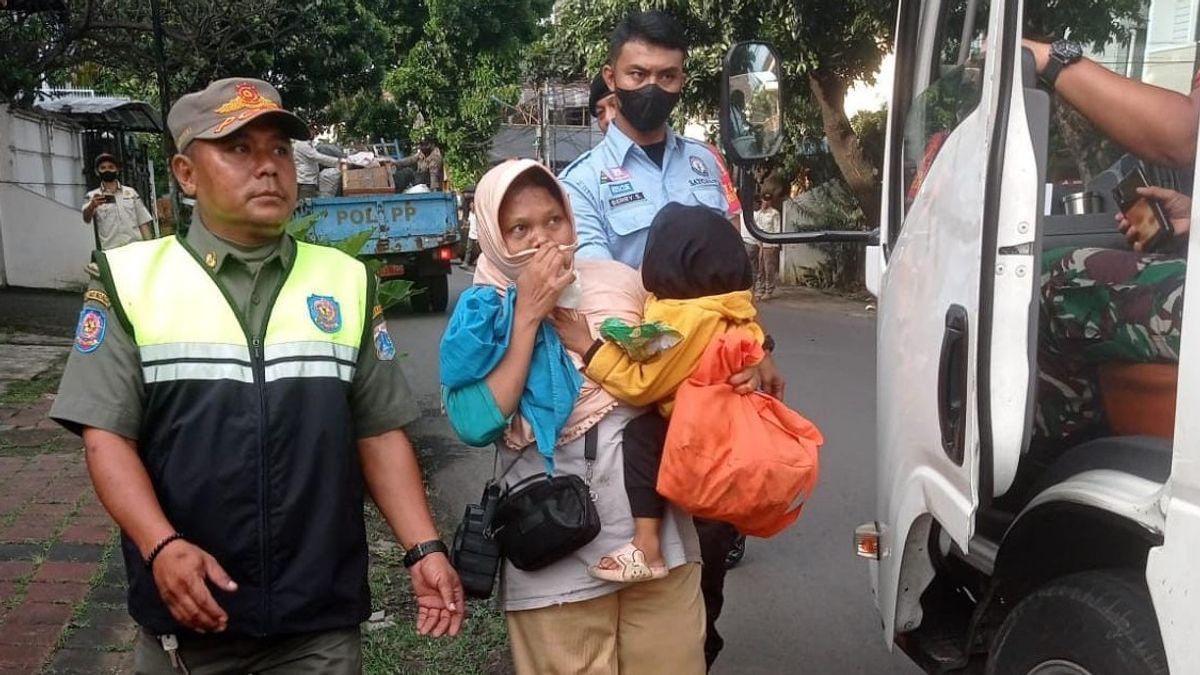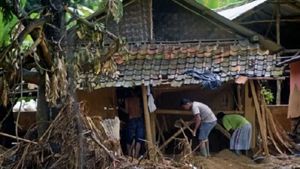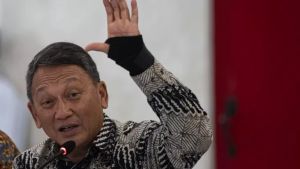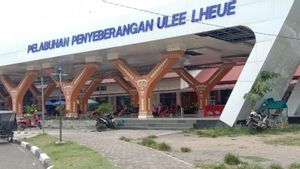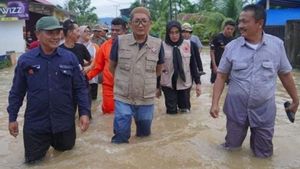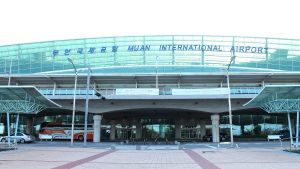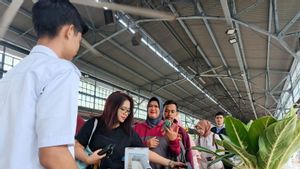JAKARTA - The Central Statistics Agency (BPS) of DKI Jakarta Province noted that the economic inequality or the Gini ratio of Jakarta residents increased, even though the number of poor people in the capital city has decreased since six months ago.
The poor in Jakarta in March 2023 decreased by 17,100 people from six months ago, namely in September 2022. The current poverty rate is 4.4 percent and for the last six months it has fallen 0.17 percent.
However, the gap between population income in the lower class and the upper class was 0.431 percent. This figure increased 0.019 percent from September 2022, which was 0.412.
"Even though the number of poor people has decreased in this period, it still leaves an increasing inequality homework. This means that the gap between population income in the lower and upper class is even higher," said Acting Head of BPS DKI Jakarta Province Dwi Paramita Dewi in her statement, quoted on Tuesday, July 18.
In this period, the distribution of the population in the spending group was 40 percent below 0.60 percentage points to 16.39 percent compared to the September 2022 period.
The problem of poverty, according to Dwi, is not just how much and the percentage of poor people are. Another dimension that needs to be considered is the level of depth and severity of poverty.
In the period September 2022-March 2023, the Poverty Depth Index (P1) and the Poverty Severity Index (P2) increased.
"The poverty depth index rose 0.013, which means that the average distance between spending for the poor is slightly away from the poverty line. And the poverty severity index has also increased by 0.017, which means that the inequality of expenditure among the poor is also getting higher," explained Dwi.
Furthermore, Dwi said the poverty line in Jakarta was Rp.792,515 per person and the average number of poor household members was 4-5 people (average 4.89).
Thus, the amount of costs that must be incurred to meet the needs of life for a month in each poor household is IDR 3,875,398 per month. Meanwhile, the education level of most poor people is not too high.
"This condition causes poor household heads to tend to work in informal sectors such as trade, individual services, and fisheries, especially in the Thousand Islands," explained Dwi.
اقرأ أيضا:
Thus, Dwi concluded that poor households still experience economic difficulties because of relatively small income but still have to bear 4-5 people.
"This figure is fairly high and makes it difficult for the poor to meet the needs of all household members and fight to get out of poverty," he added.
The English, Chinese, Japanese, Arabic, and French versions are automatically generated by the AI. So there may still be inaccuracies in translating, please always see Indonesian as our main language. (system supported by DigitalSiber.id)
